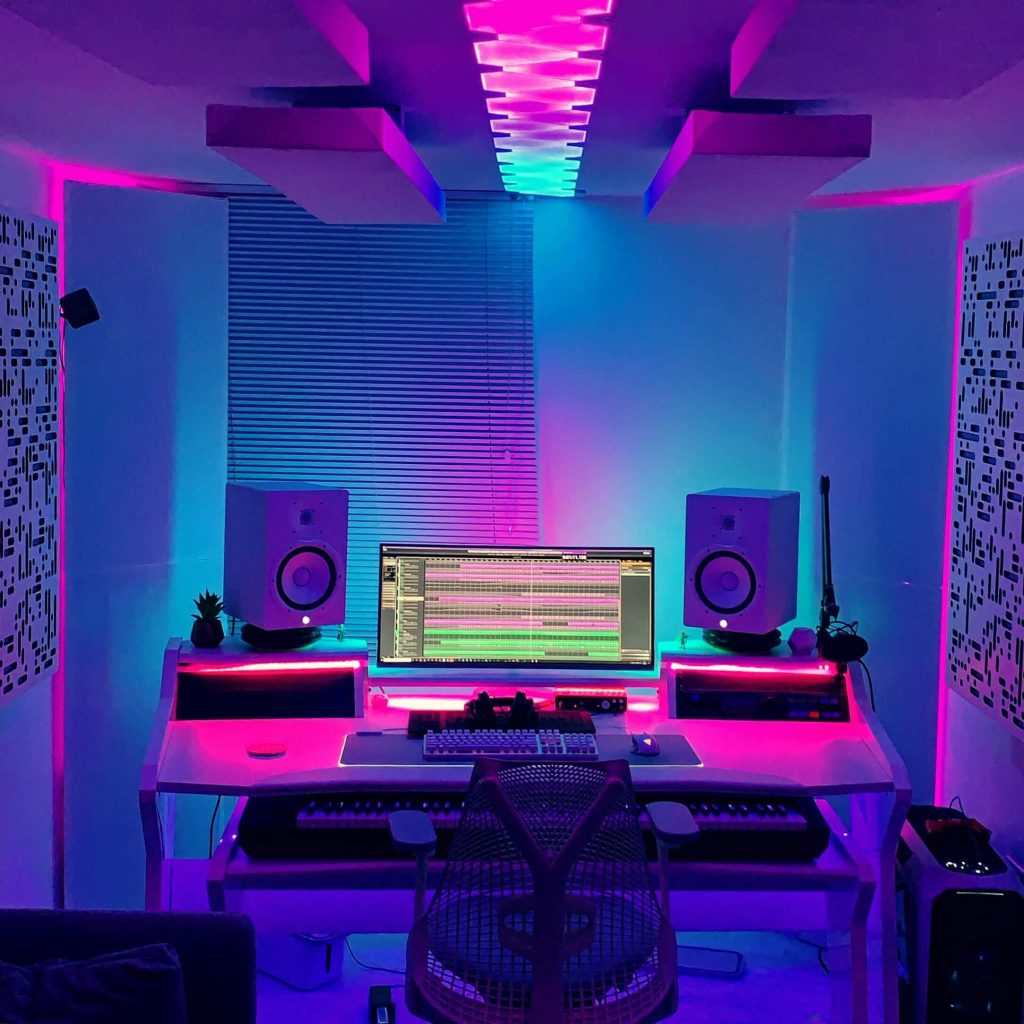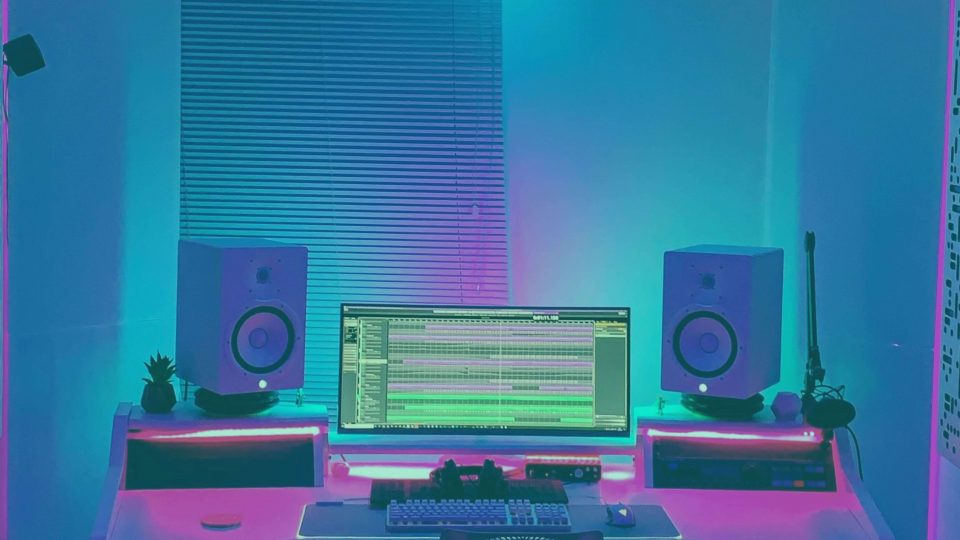How to Measure the Frequency Response of Your Room
When working through monitors, our listening environment has a dramatic effect on the quality of our mix decisions, and therefore our final mixdown.
If you’re here, you probably haven‘t installed acoustic treatment in your home setup. Maybe you don’t know what acoustic treatment is available to you.
It’s okay if you don’t. We’ve gone into detail about the in the links above, and you’ll finish reading them as an expert in the field. For now, though, we’re talking about how you can identify what frequencies are going to be an issue in your room.
In your room, different frequencies will either be louder or quieter than others, even though you’ve not touched the volume knob. That’s completely normal. The acoustic response of your room is meddling with the sound leaving you’re hearing.
The Sweeping Sine Wave
So, test number one is the sweeping sine wave. We use this to test the bass response and sympathetic vibrations of our room.
All you need to do is get a sine wave oscillator in your softsynth of choice and slowly sweep the pitch from 40Hz up to 300Hz (the low to high bass frequencies). The sweeping sine wave will help you gauge how extreme your room’s acoustic issues are.
You’ll notice that some frequencies dip in volume or are louder compared to others. These are your problem frequencies, so take note of them. If your synth doesn’t have any visual aid that tells you what frequencies are playing, simply insert a parametric EQ on the same channel.
Not only will this expose your problem frequencies, but it may also actually expose low-frequency dependent rattles, buzzes, or other sympathetic vibrations happening in your room. By this, we mean that you may find that a specific piece of equipment rattles, shakes, or vibrates when a specific frequency is playing.

Two Octave Walk Up
From G1 (46.2Hz) to F3 (174.6Hz), play consecutive semitones on your keyboard. Much like the sweeping sine wave technique, we can use this test to see our room’s bass response in action. However, the difference is that the octave walk-up enables us to pinpoint specific notes easier than the sweeping sine wave test. You may find this test more useful if you’re unfamiliar with what notes represent what frequencies.
The tone ascends through a chromatic scale, and you’ll notice that certain notes will jump out or disappear for the very same reasons that certain frequencies in your sine wave did so.
Make a note of these notes, if you will, as it’s important that you understand these notes and frequencies are an integral part of how your mixing space detrimentally interacts with your perception of your music. Now, rather than reach for the fader, you’ll understand that it’s your room is dipping or exasperating distinct notes and frequencies – it’s not down to your music itself.
5 Point Pan Check
Now it’s time to check for any stereo issues. Play a sound from five different panning positions in your DAW’s stereo field.
These five positions should be: in the centre; hard left; hard right; half left; and half right. If you don’t hear all 5 separate panning locations, your room has stereo issues that will make it harder for you to accurately know what your panned sounds like.
Usually, we can solve these issues by making sure that our two monitors are equal distances from our ears to form an equilateral triangle. But, sometimes, it is the fault of our room and treatment is needed… or headphones are a more viable option for better panning decisions.
Short Pan Test
Alternatively, or as well as, you could play a sound panned 50% to the left, then hard right with no messing about in between. Then pan it 25% to the left, then hard right, and then 75% to the left.
The jump to the right puts a speed bump in between the fast pan from 50%, then 25% to 75% left so that our ears can’t track the sound moving from 50% to 25%. Then repeat this process on the right. It’s probably best to record a panning sound in headphones and then play it back through your monitors with these last two tests.
If you can clearly identify the sound at each 25% interval in the left-right stereo field, your room is all good when it comes to your stereo field.
If you find that one side is or a certain panning position is more defined than another, it may be better to use headphones when it comes to panning.
To test these useful techniques in your room, do you think some epic sounds would be helpful?
We at Mixxed work with a growing number of sample labels and contributors to provide you with an affordable sample subscription service that’s more accessible than any before.
You’ll have access to our growing catalogue of thousands of loops, one-shots and sound effects that you can browse, download and keep forever for less than $3 a month.
Sign up today to find your sound!
